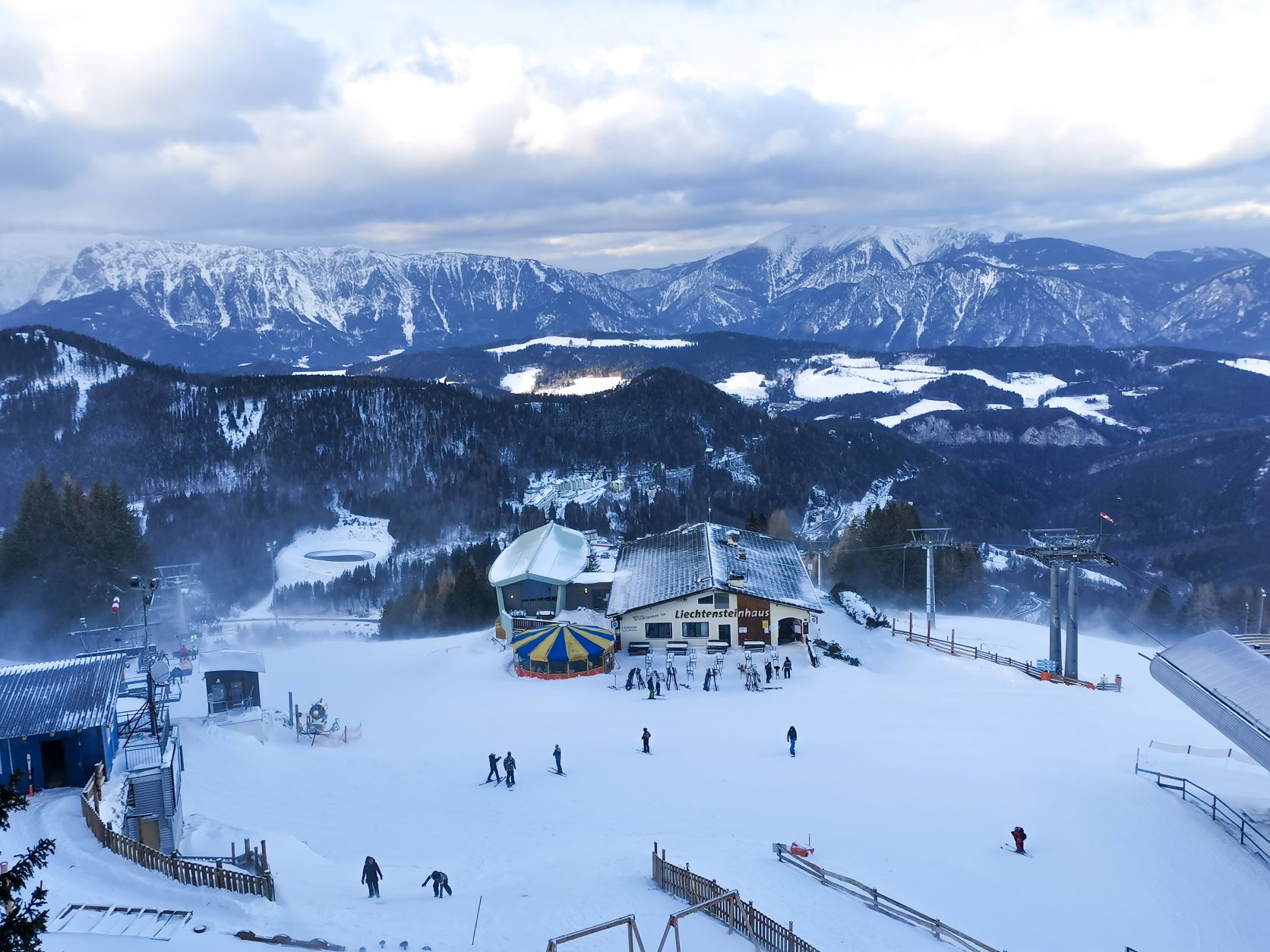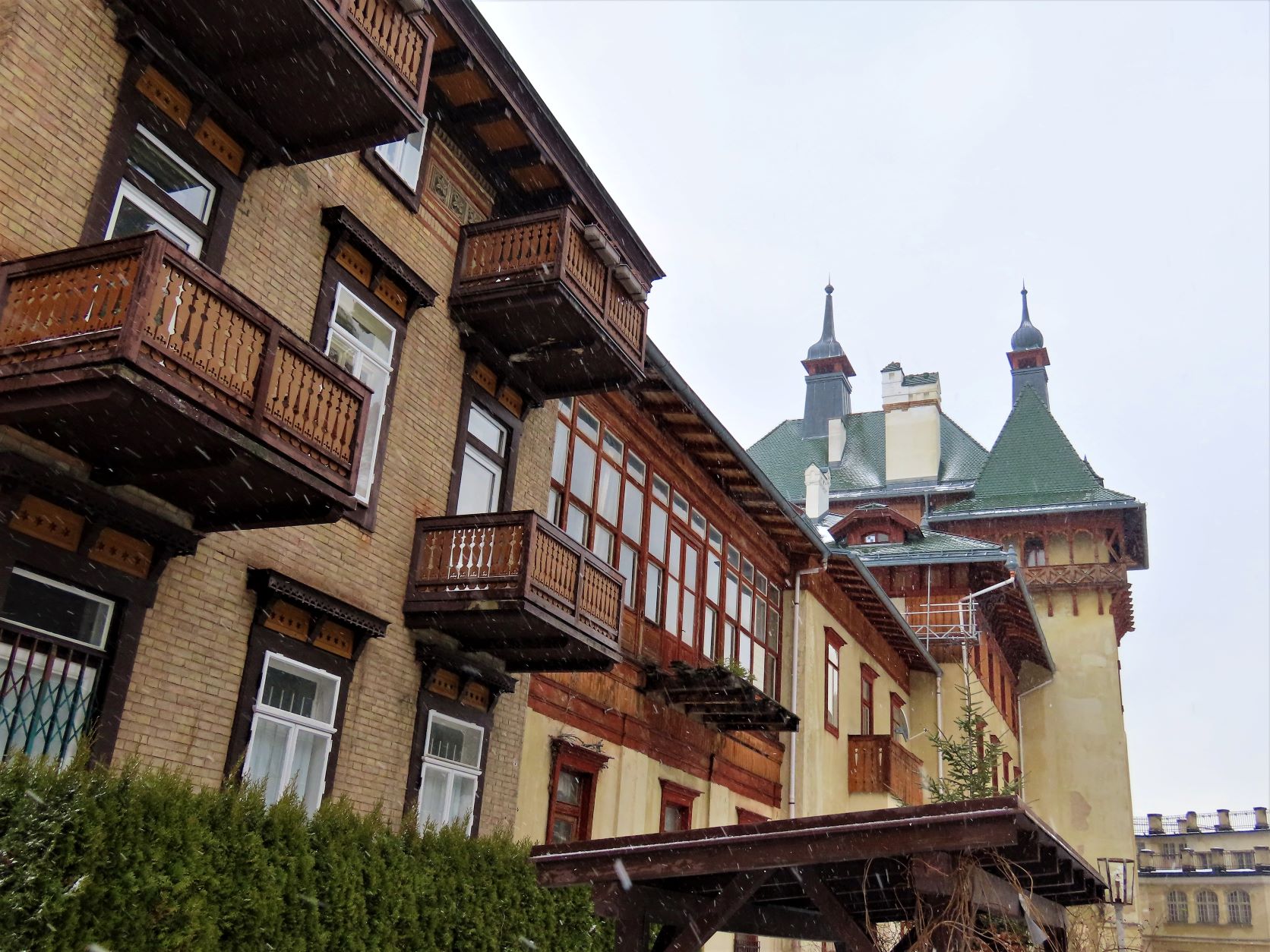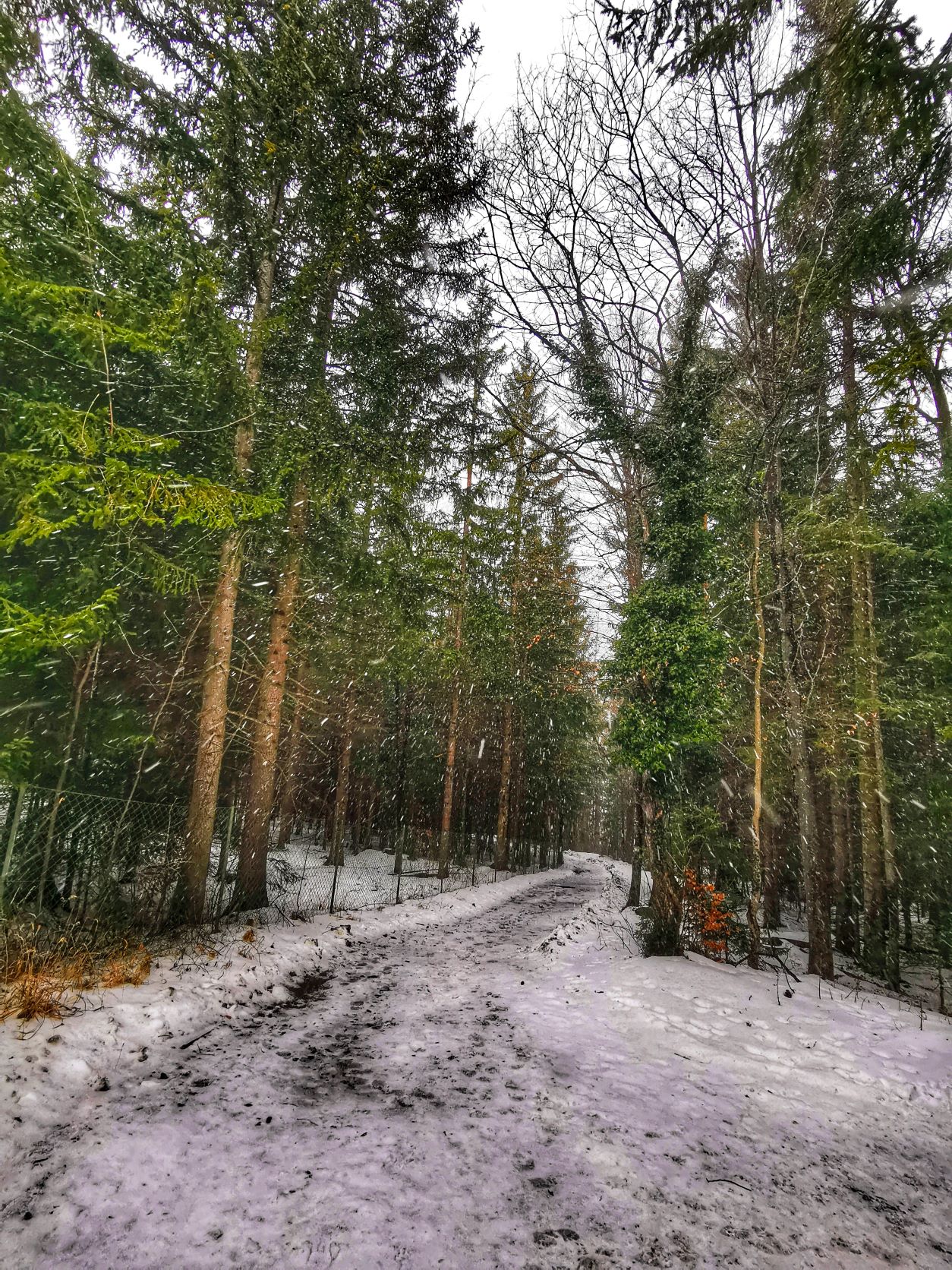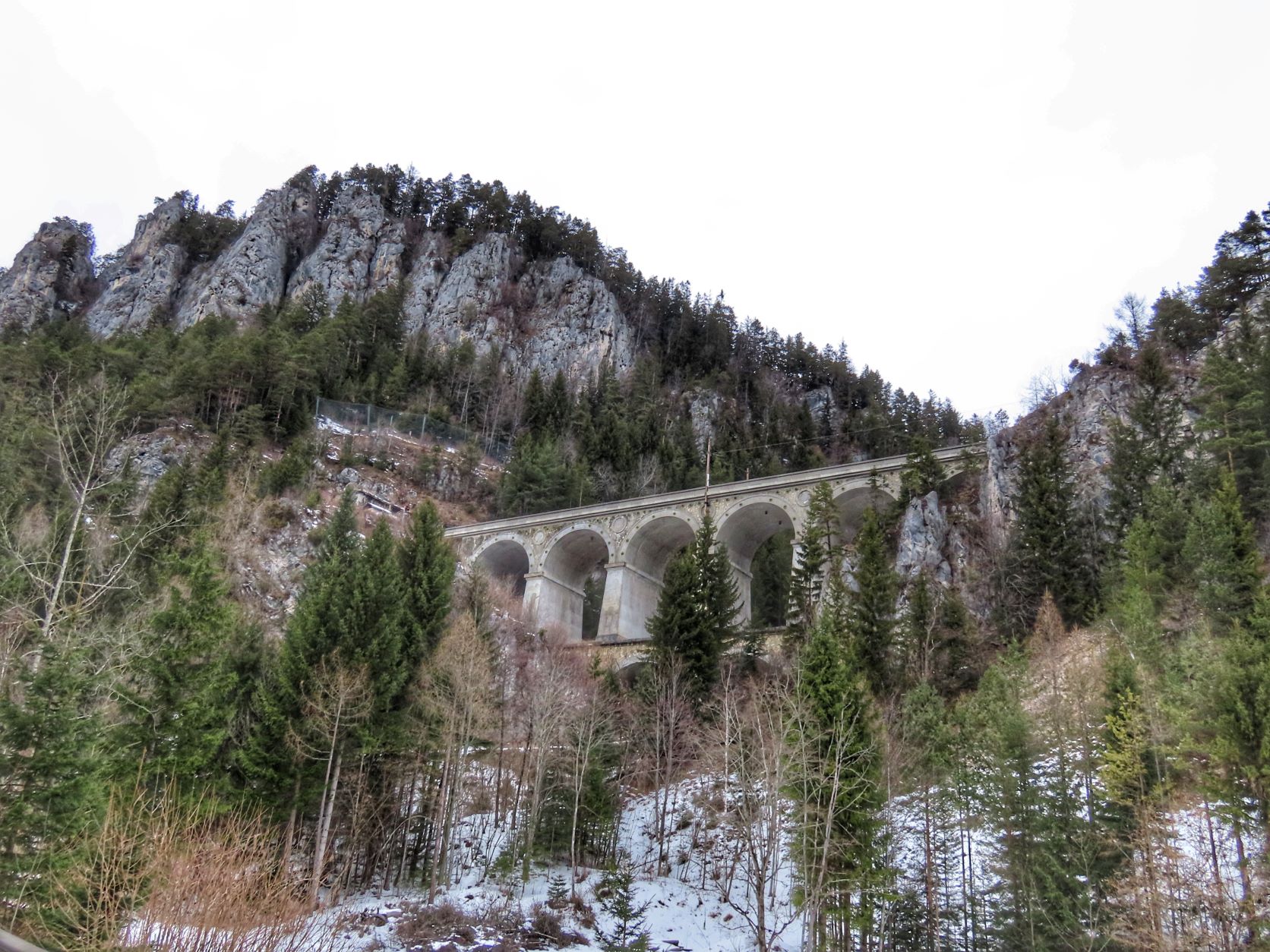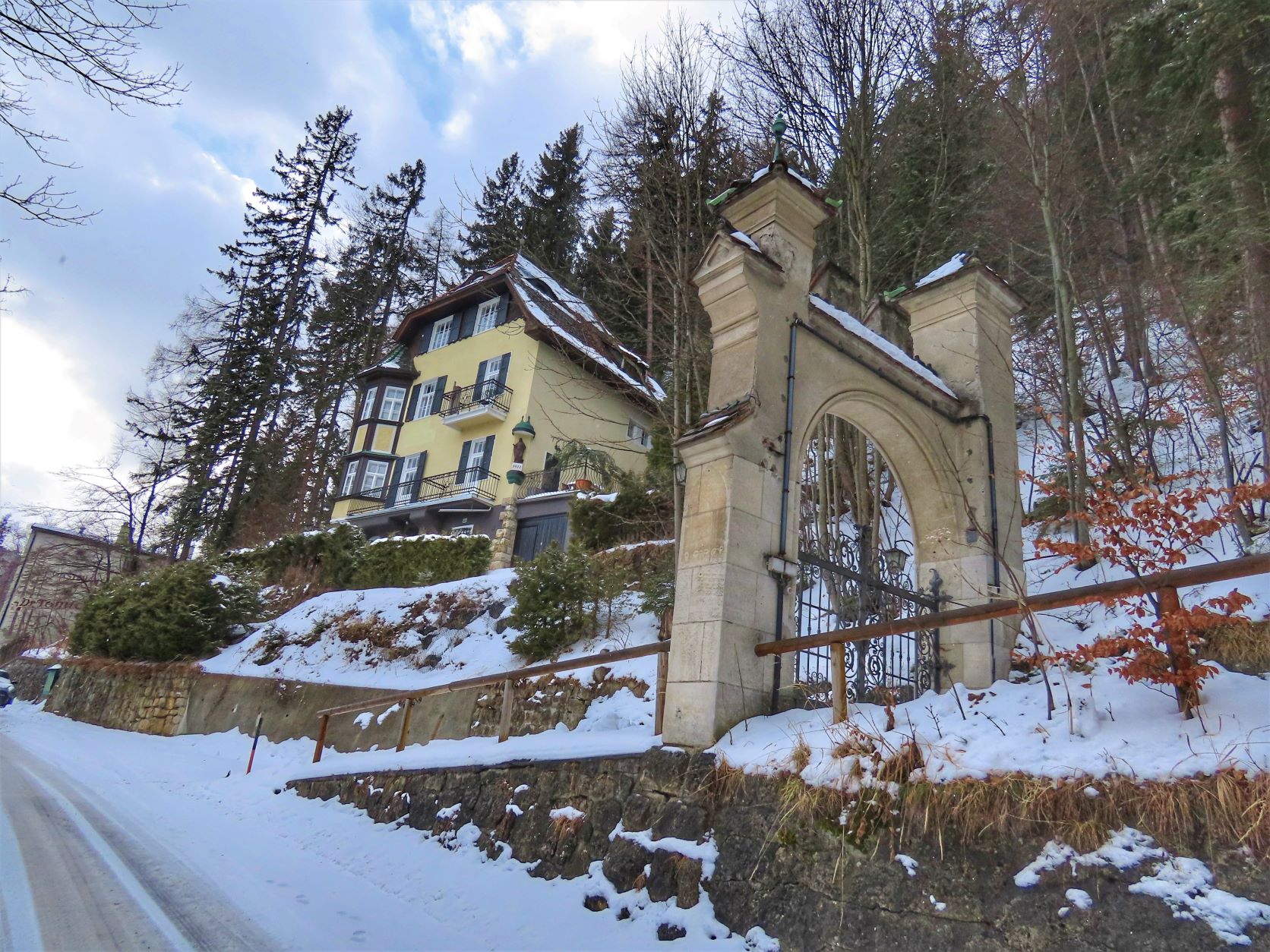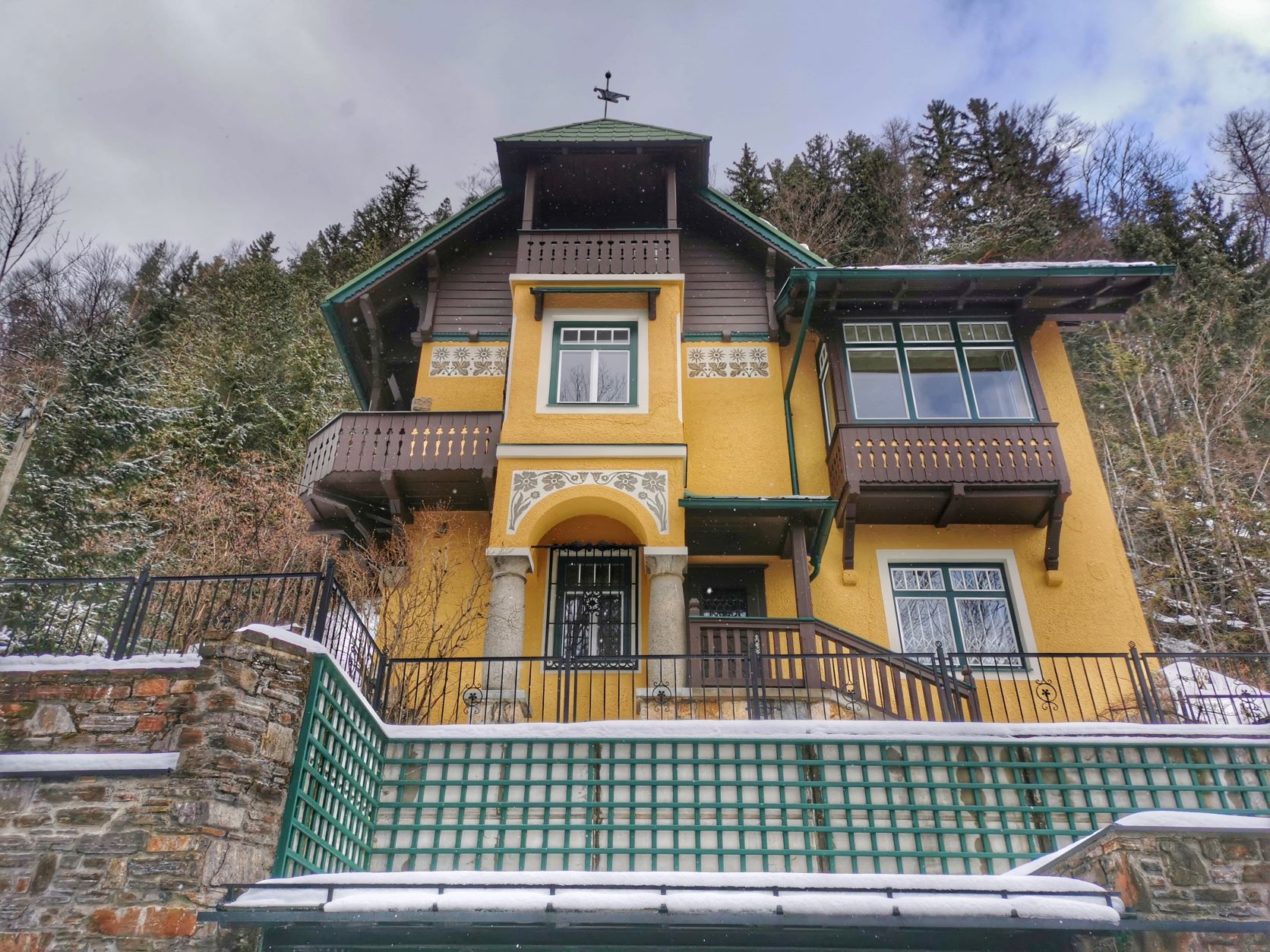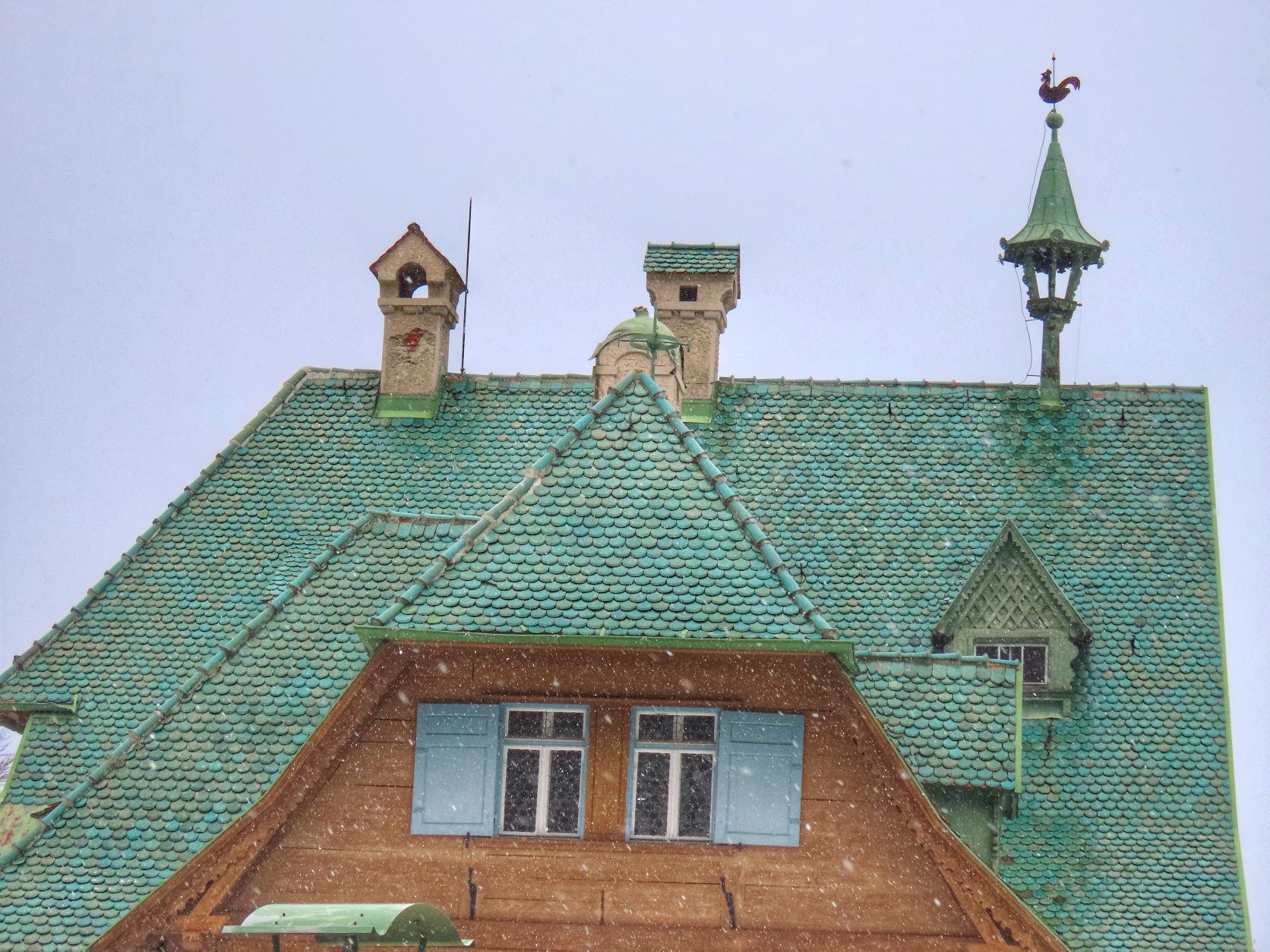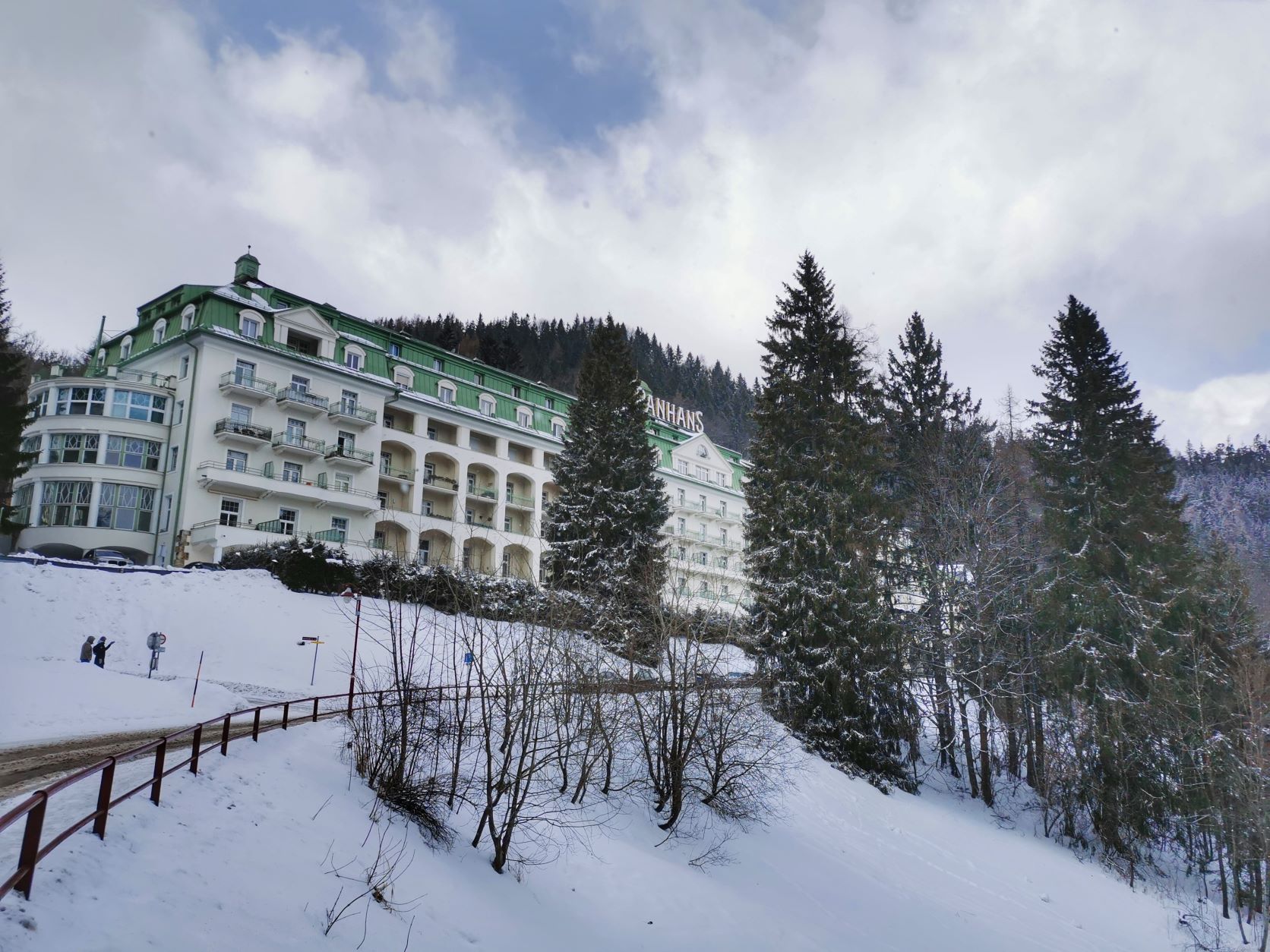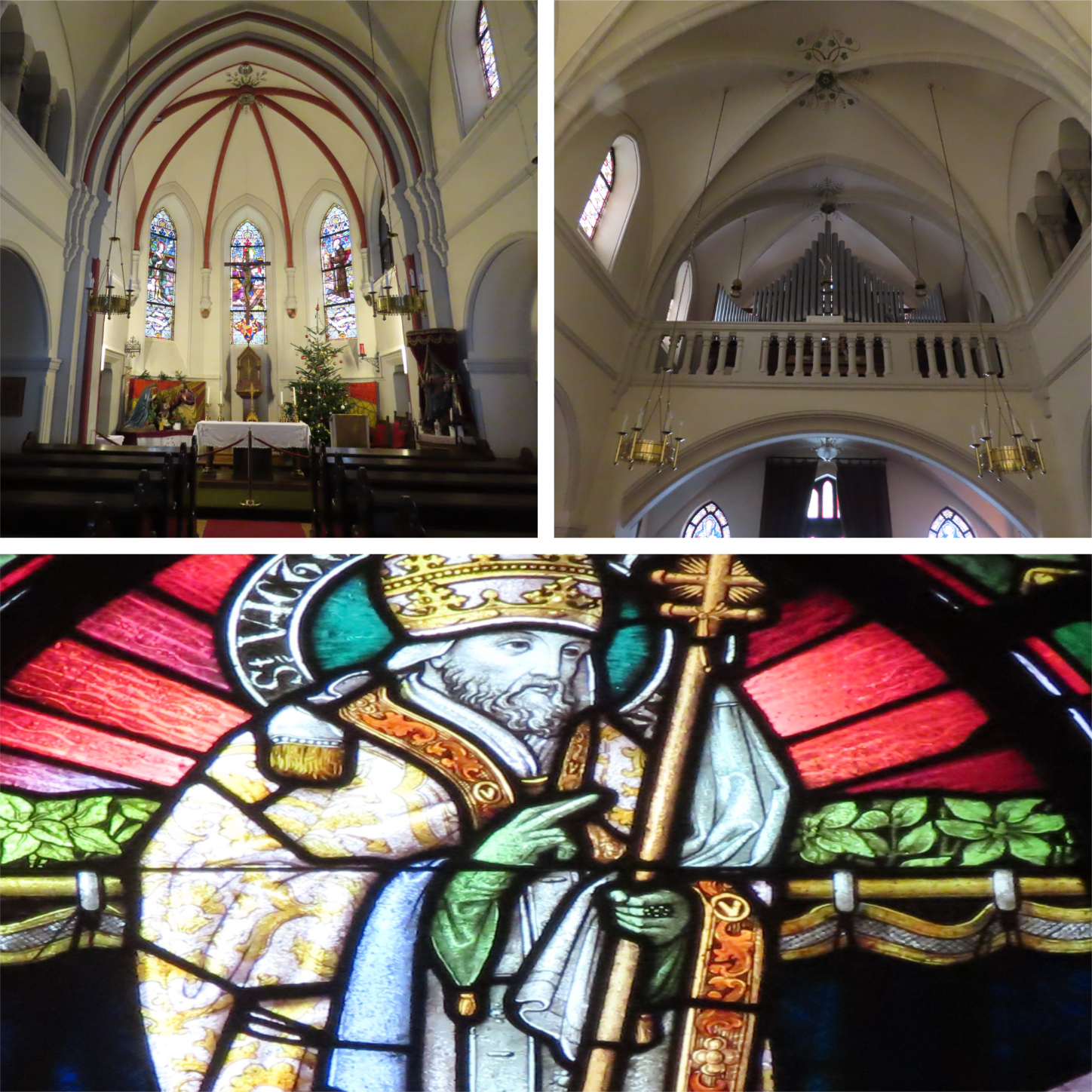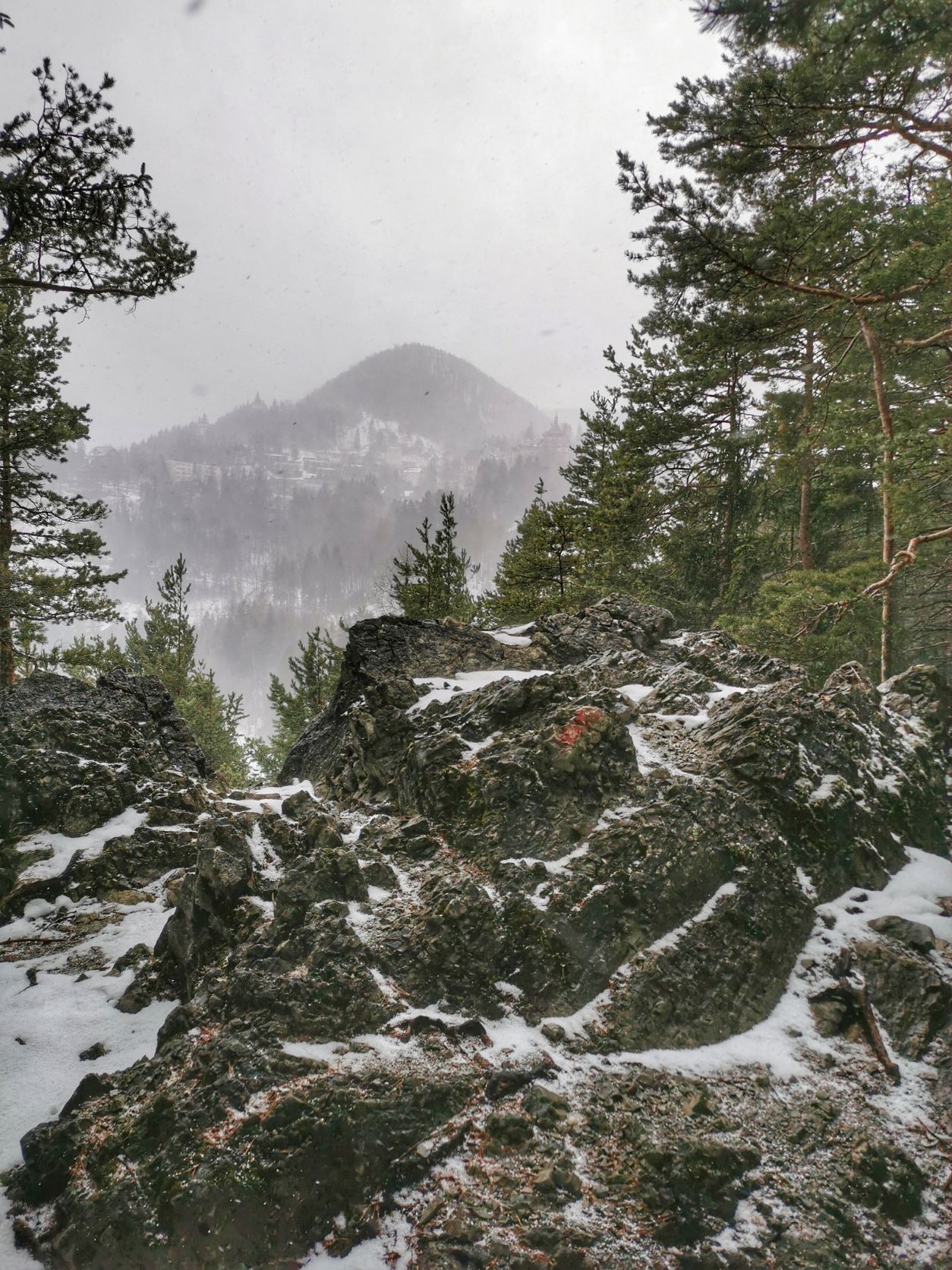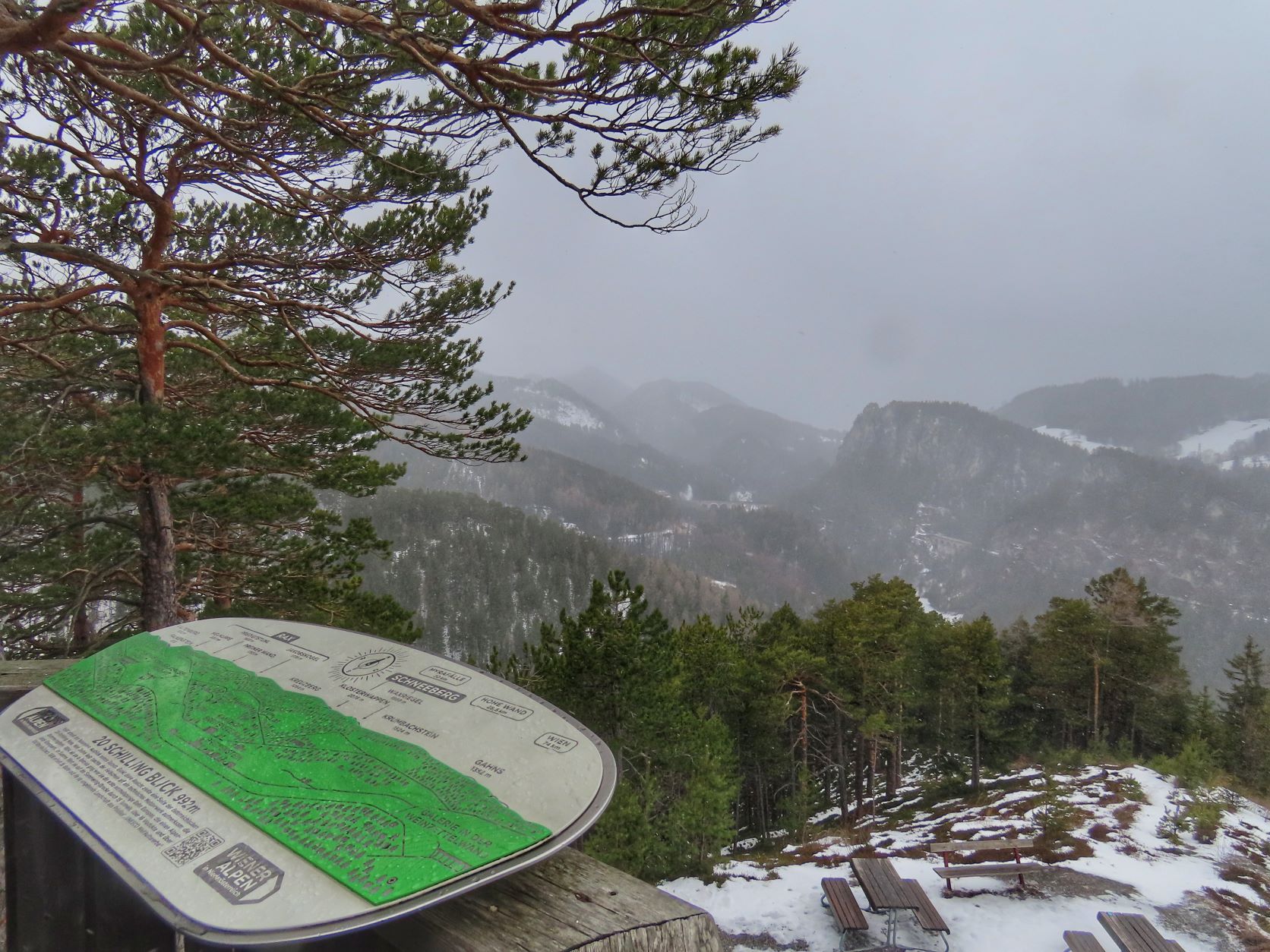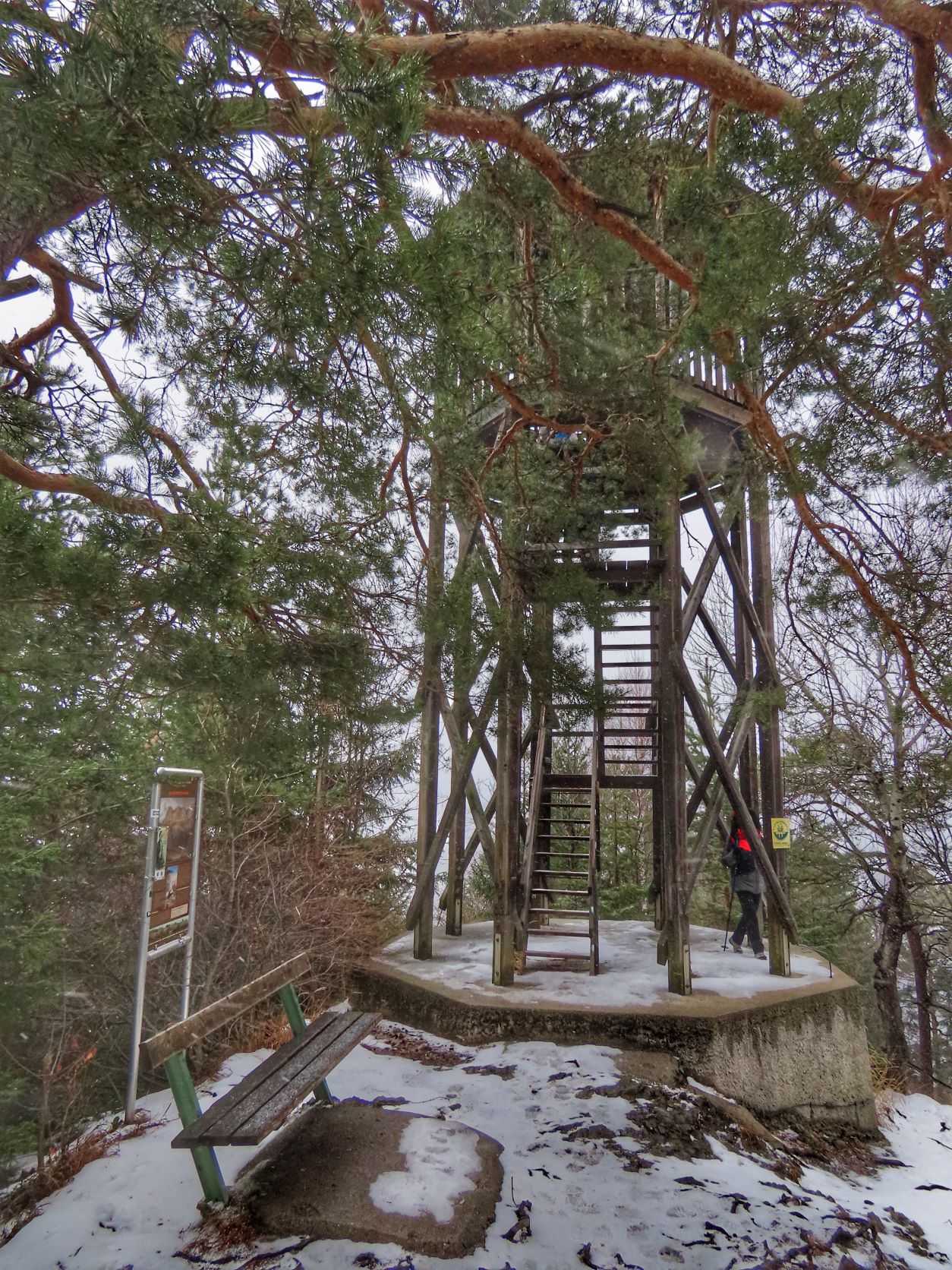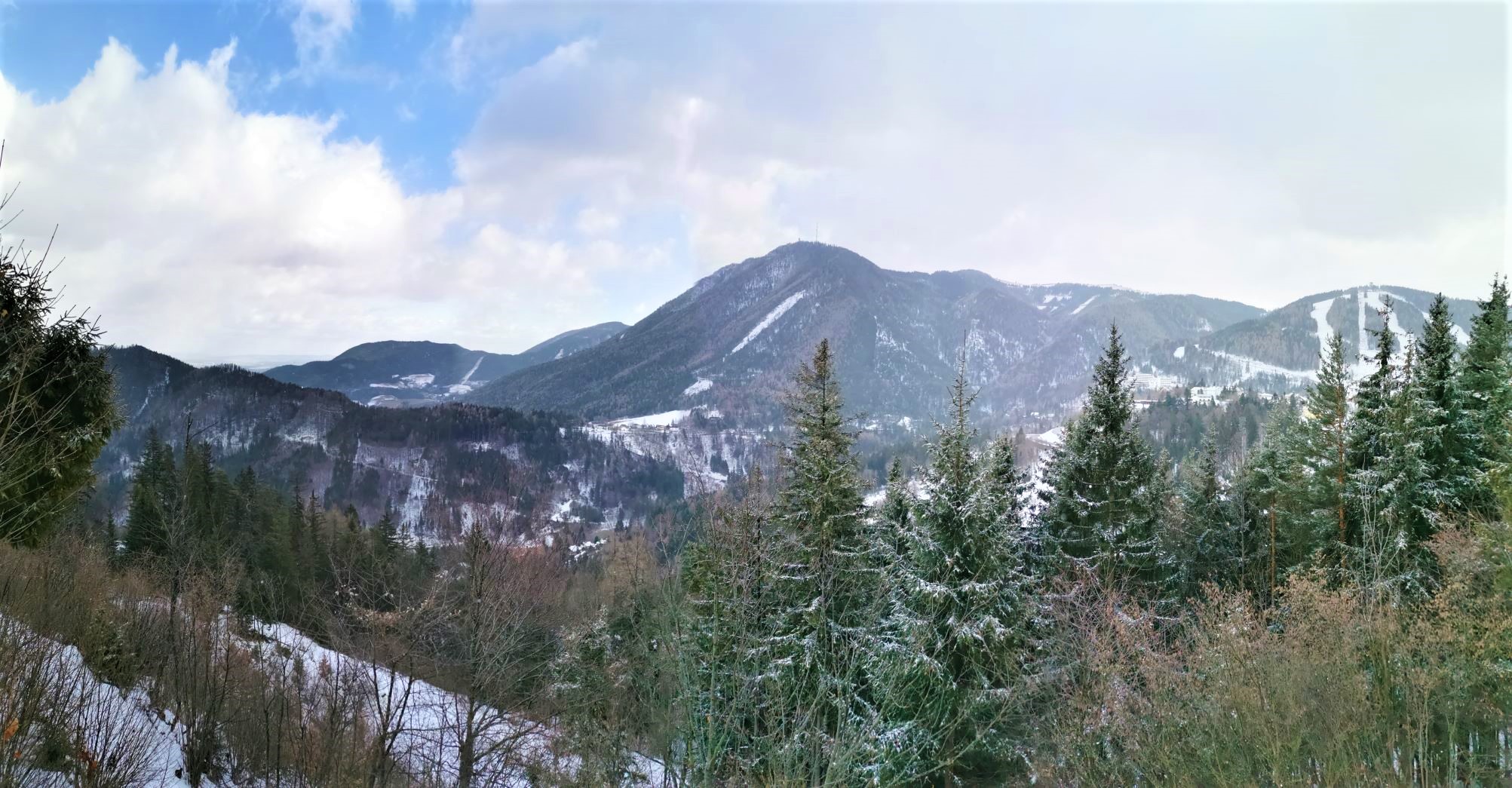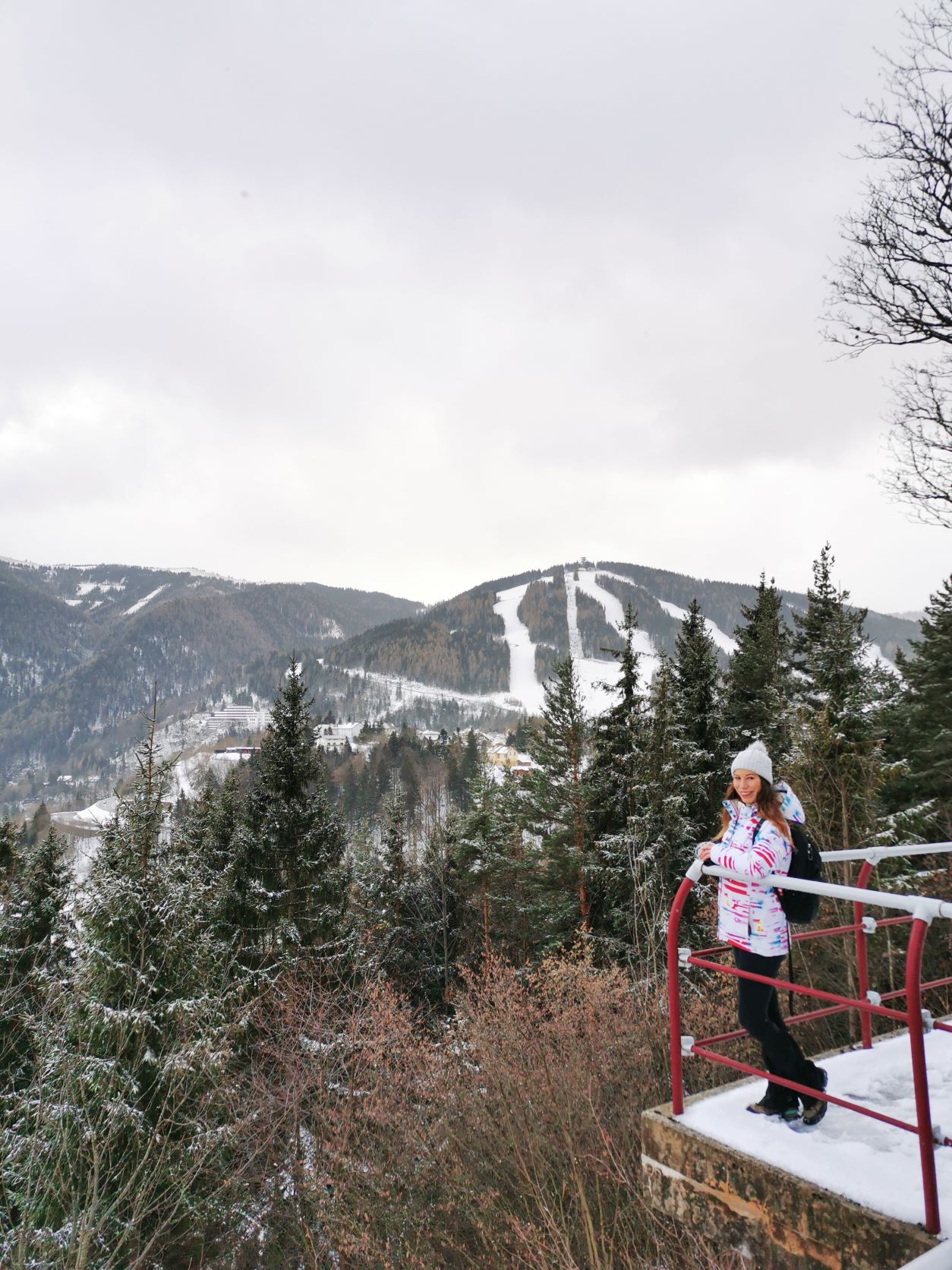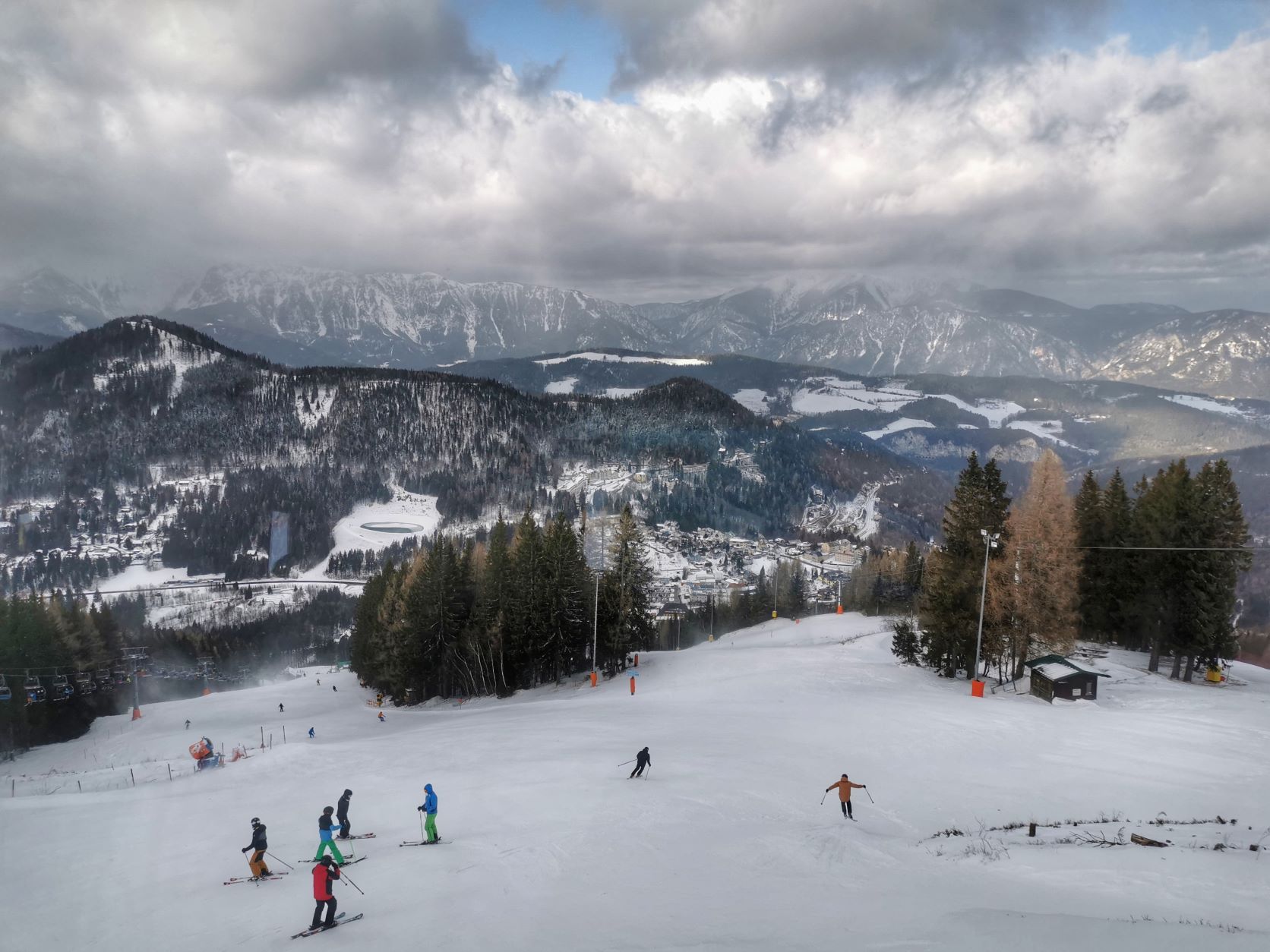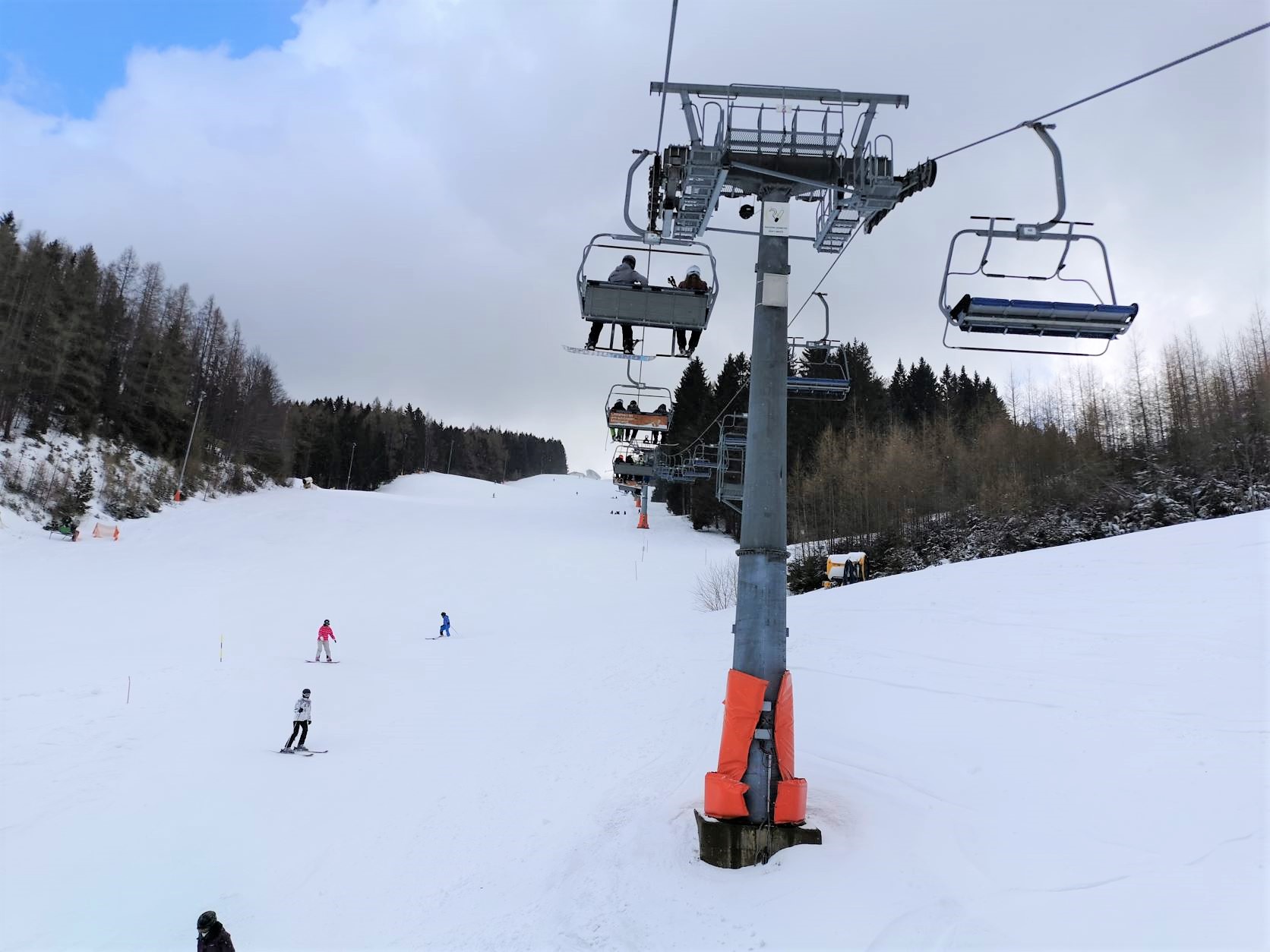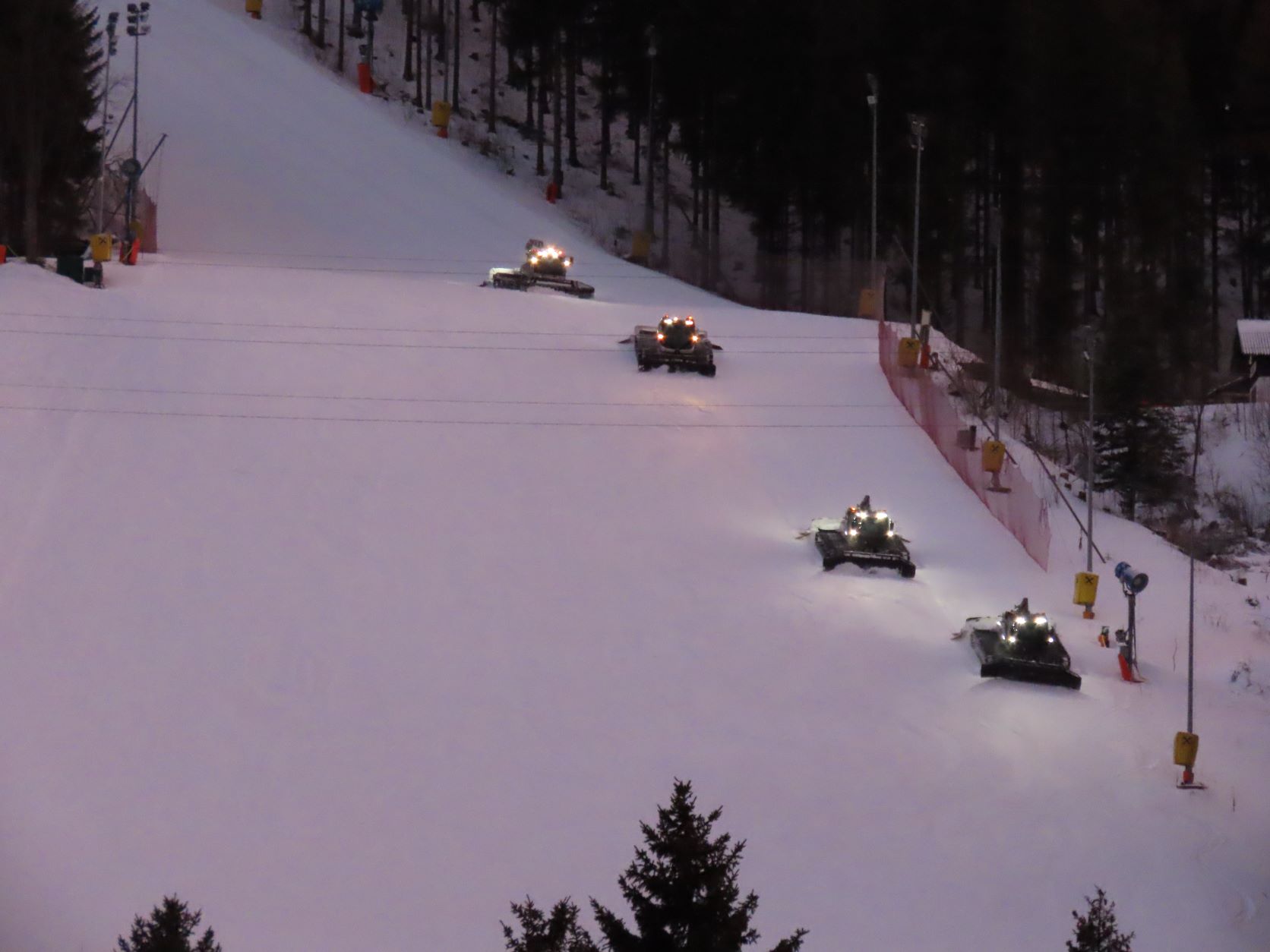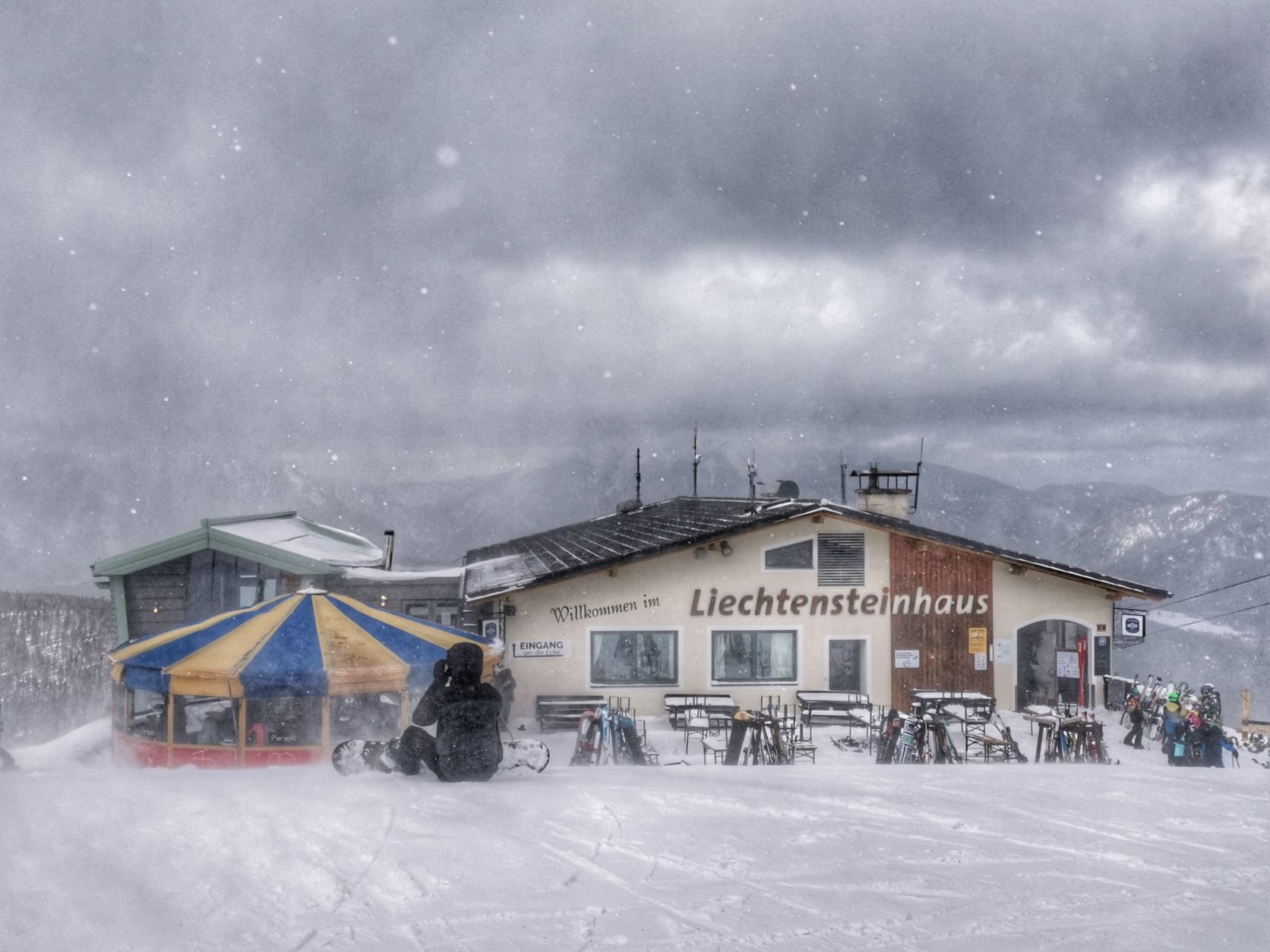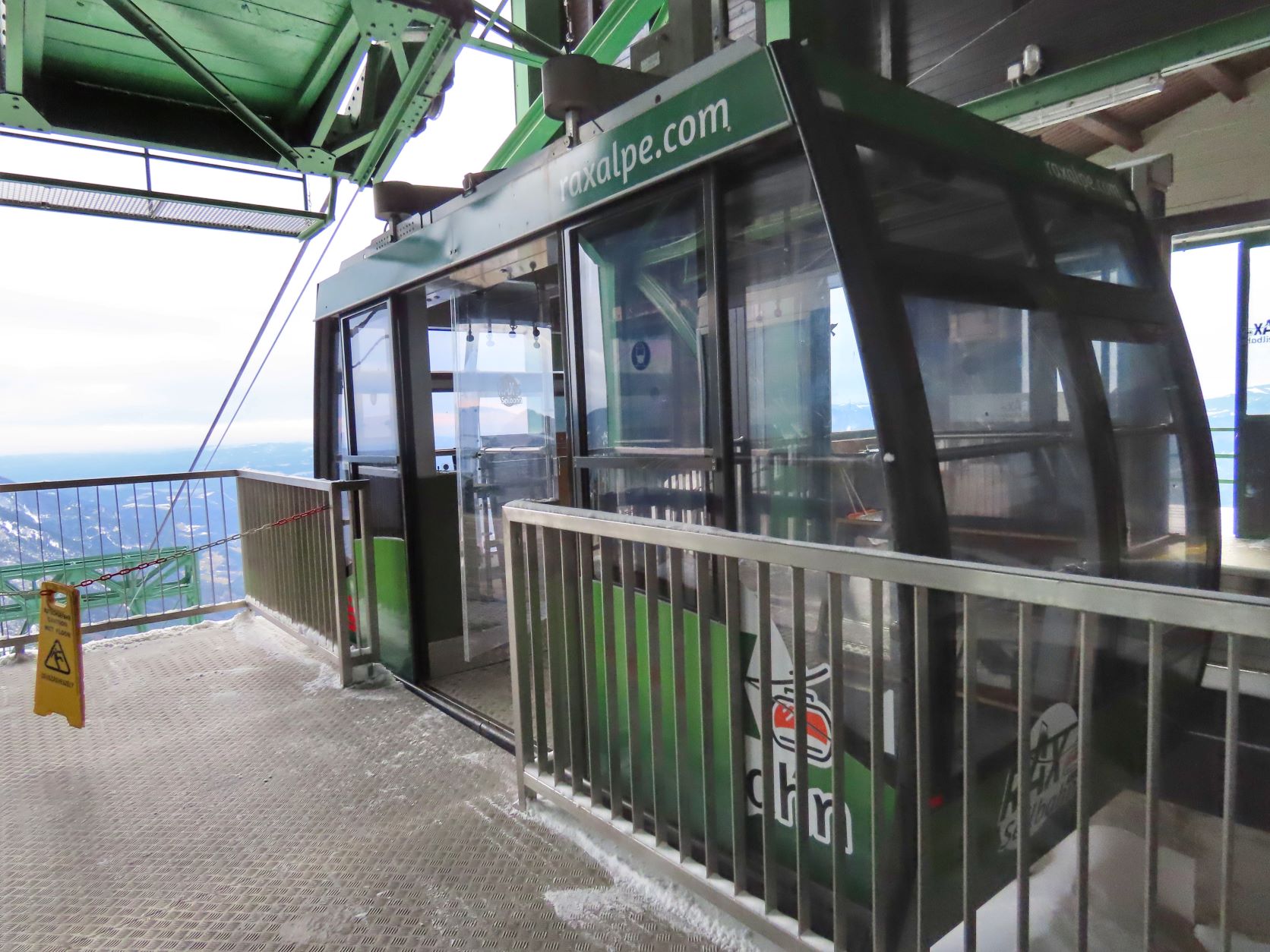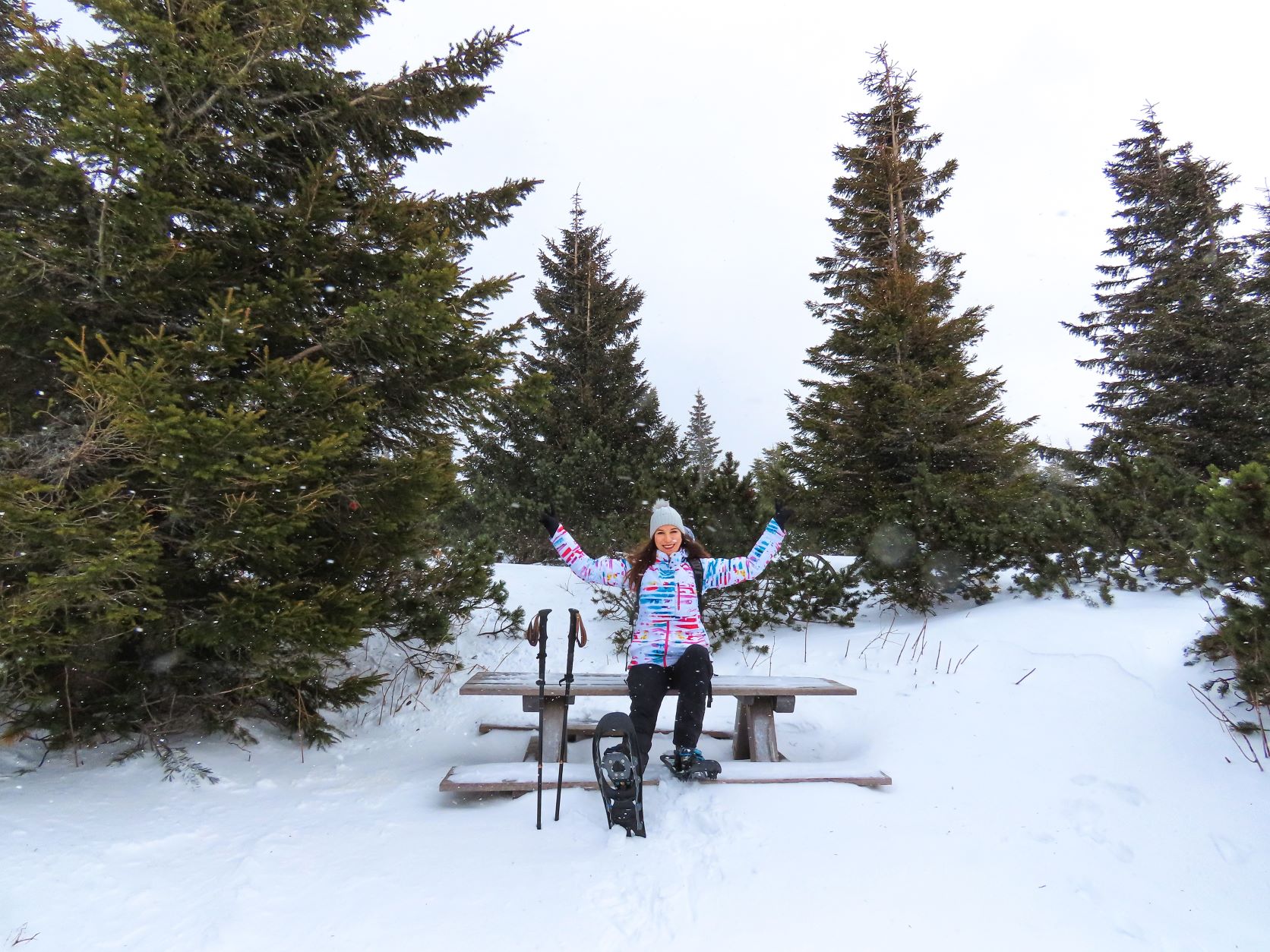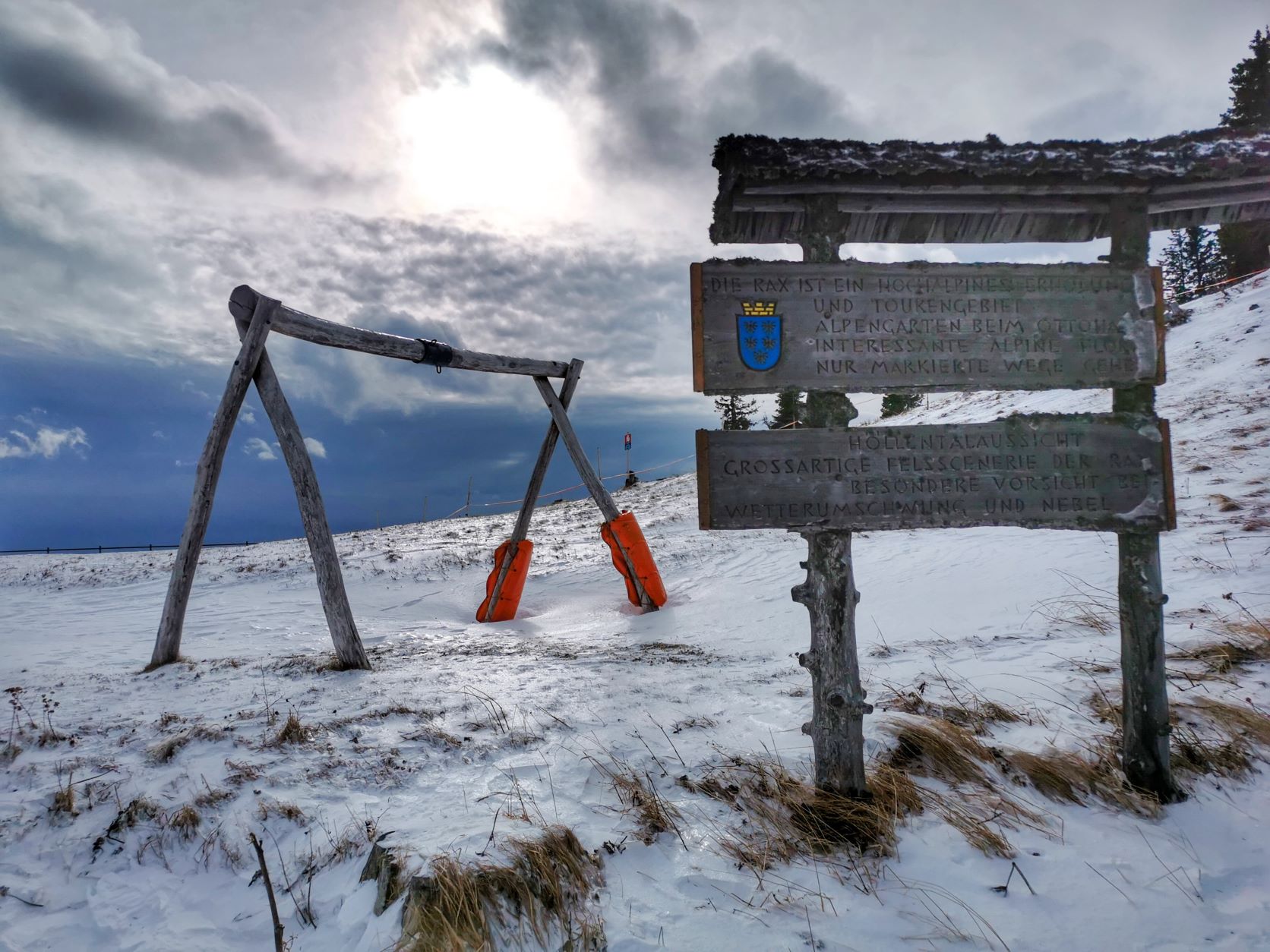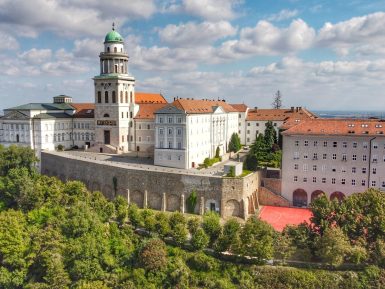Semmering’s name may be familiar to many people. The Austrian ski resort is a constant member of the weather forecasts and has beautiful ski slopes. But what if you are not into winter sports? Or you can’t ski at all? The good news is that Semmering and its surroundings have plenty of attractions and activities for travelers in winter. In addition, it can be reached from Hungary by a few hours’ drive. After my summer trip in Lachtal, now I spent a long weekend in Semmering, in one of the most beautiful resorts in Lower Austria. I highly recommend visiting this small town at the foot of the Alps for those who want to go hiking or need recharging in winter without skiing knowledge as well.
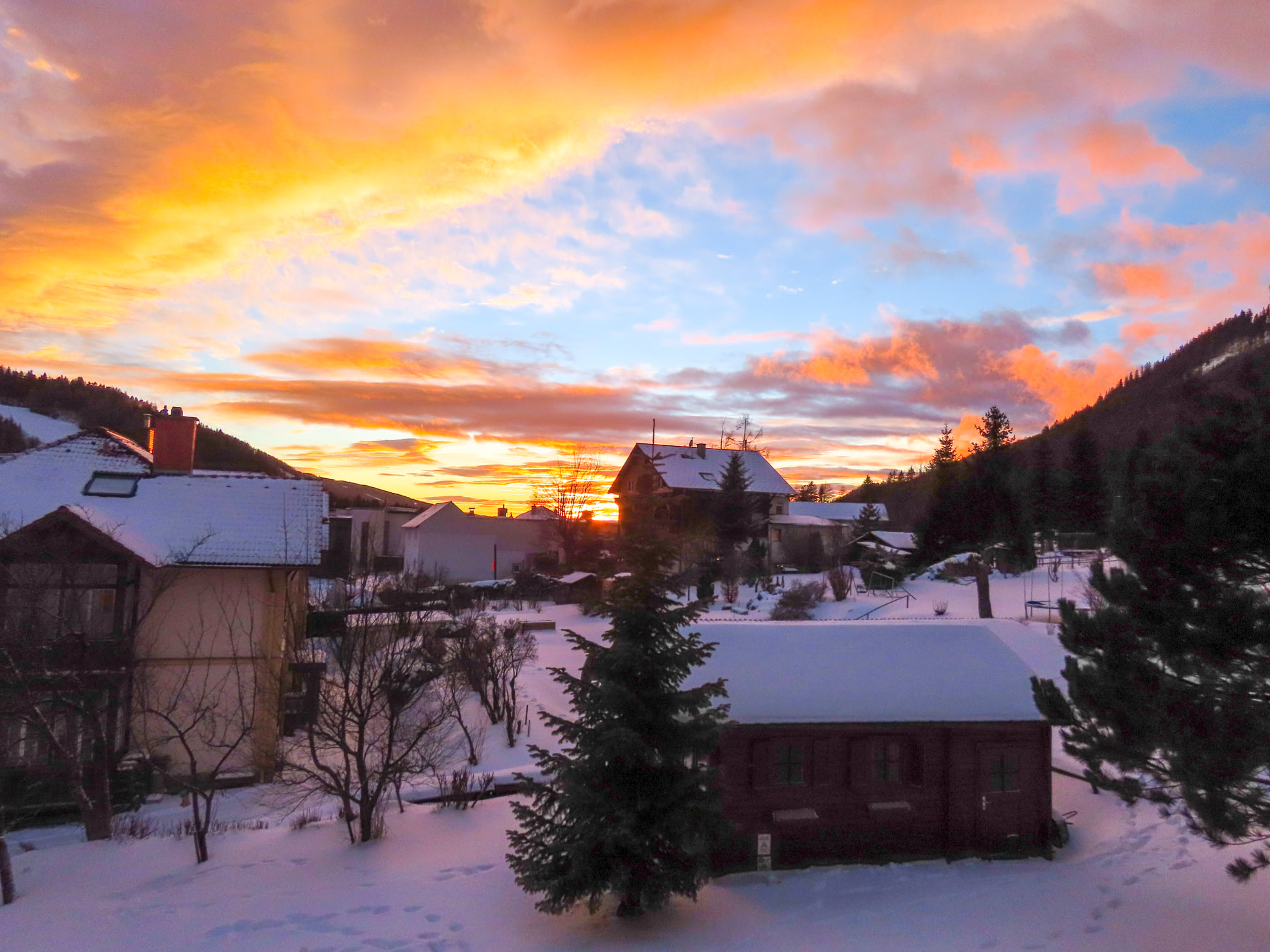
A bejegyzés megtekintése az Instagramon
The beginnings of Semmering
Semmering was not a tourist destination when its mountain railway, now protected by UNESCO as a World Heritage, was inaugurated in 1854. At that time, the train itself was the main sensation, the dazzling panorama from the windows, which attracted countless travelers to the Alps. However, twenty years after the opening of the Semmering railway, Sommerfrische came into fashion, i.e. to spend the summer months in the countryside.
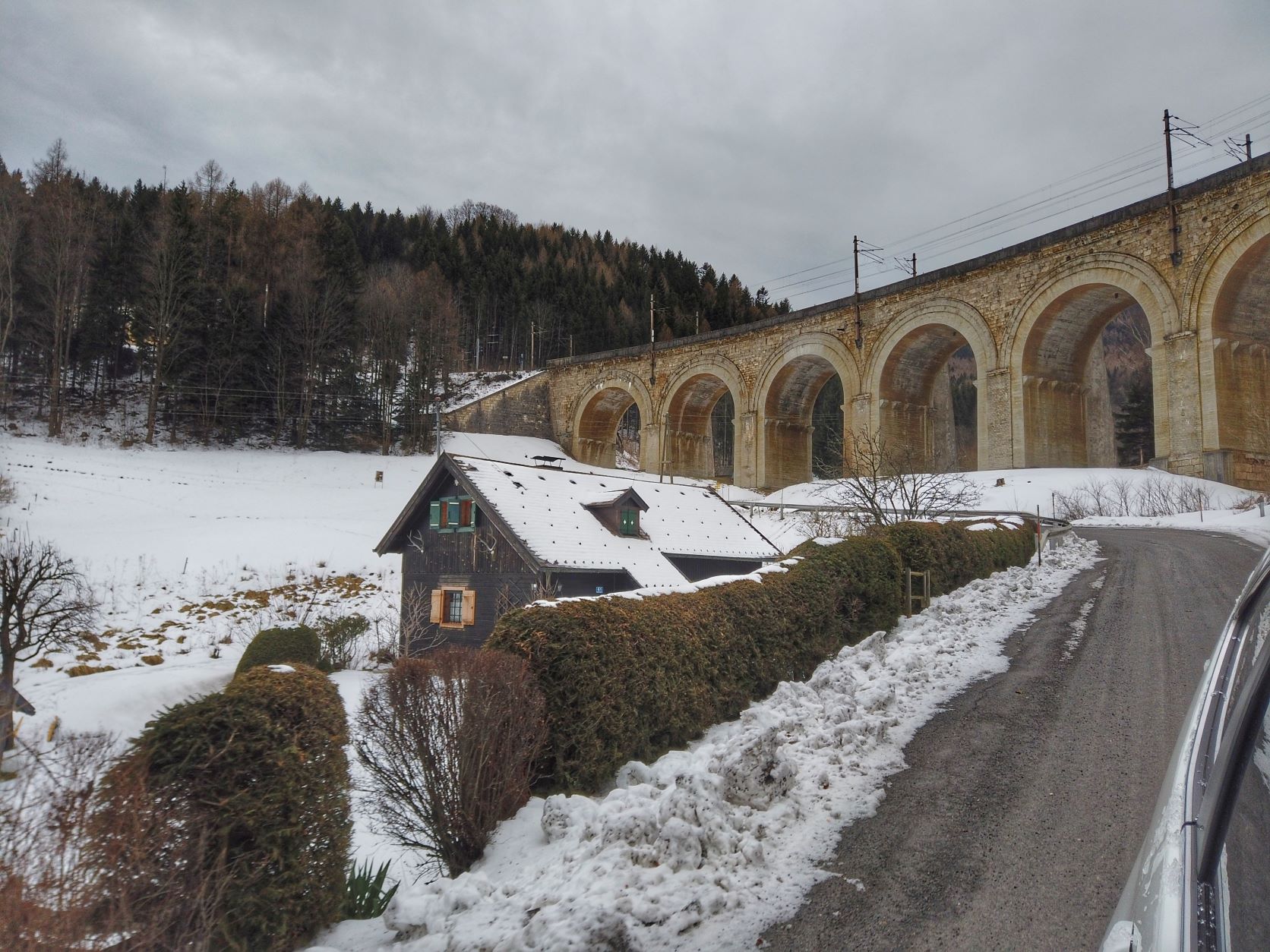
Villas and tourism in the Alps
Franz Schönthaler, an artist at the Viennese court, was the first who came to Semmering for recreation purposes. Through his influence and stories, noble families quickly discovered the region’s potential, and Semmering quickly became a popular place for summer vacations. However, in the settlement there were only alpine farms that did not meet the needs of upscale families.
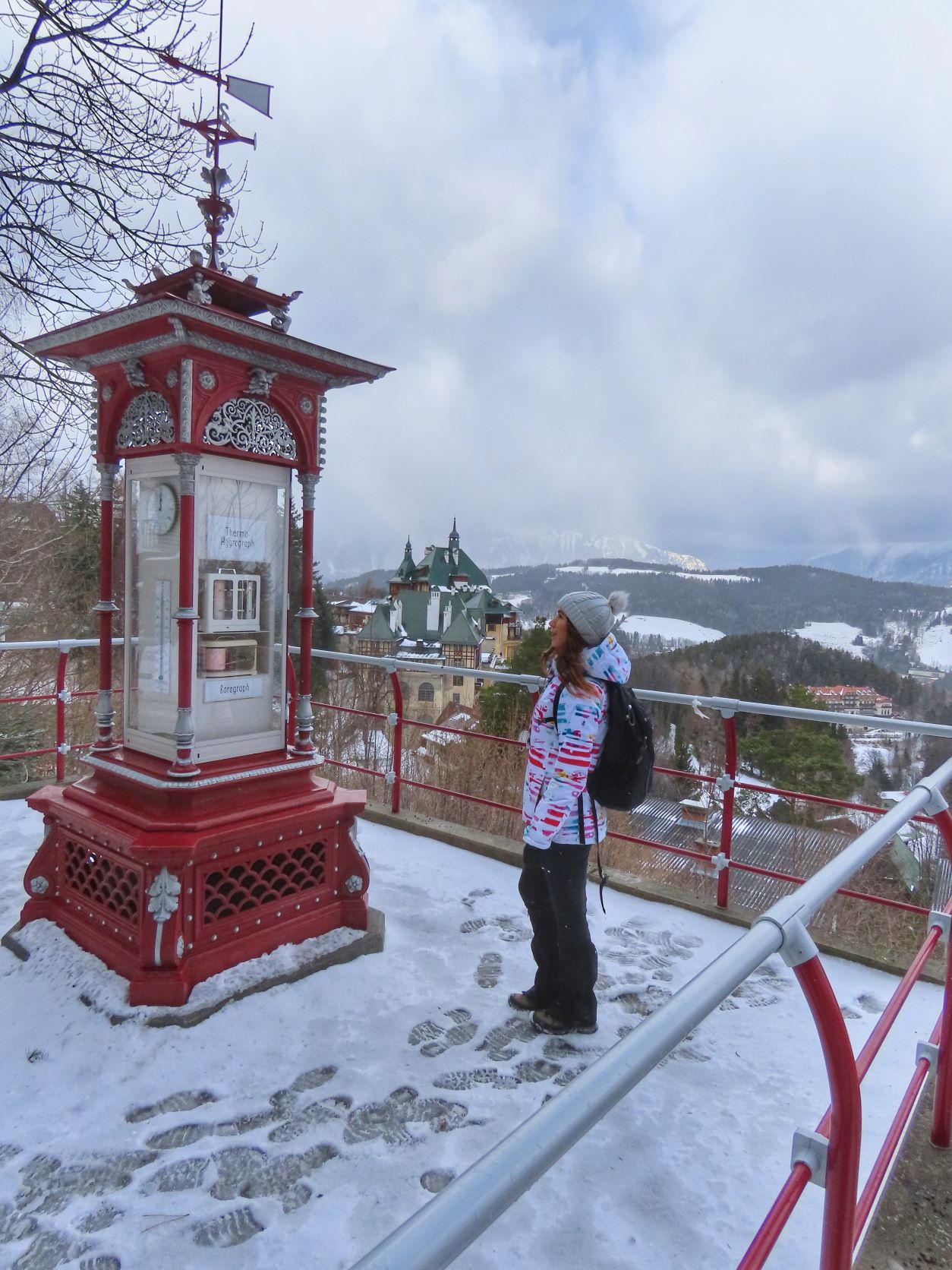
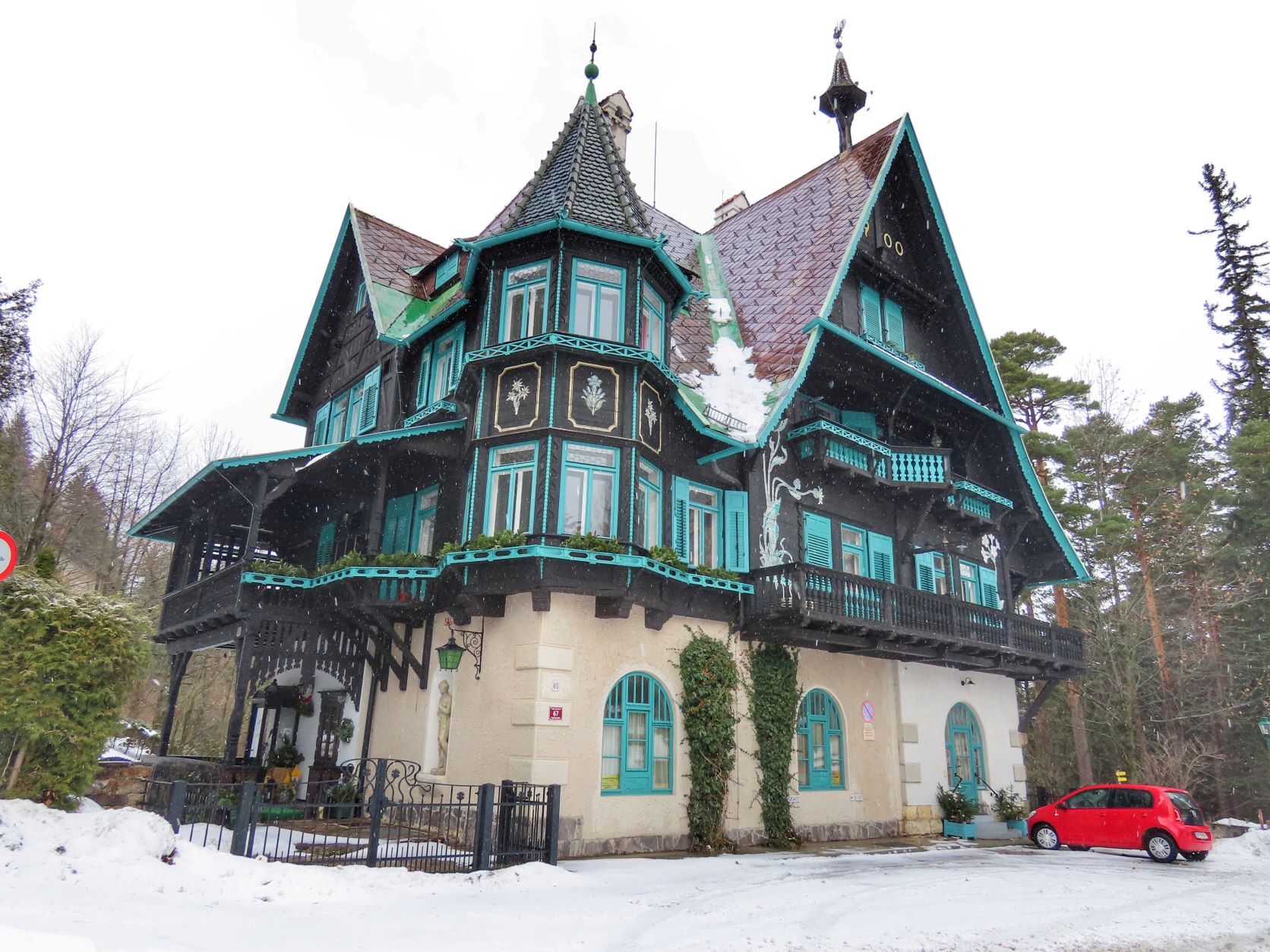
Thanks to the rapid construction, the first accommodations were quickly built: the Südbahnhotel, the Kurshaus, then the Panhans, which is still in operation today. By the 1900s, the settlement had become so popular that every Viennese family had its own villa in Semmering.

It is worth walking along the main street and nailing your gaze to the sky or trees. On the streets of Semmering you can see beautiful old houses, at the bottom of which once elegant salons and shops functioned.
A bejegyzés megtekintése az Instagramon
Iconic lookouts and hiking places
After the urban exploration, it is worth heading towards the forest, as Semmering is full of hiking opportunities besides the villas. One of the most popular hiking routes is 8 km long and its map and track can be downloaded HERE. In addition to the famous buildings mentioned above, the comfortable three-hour walk includes two vantage points in magnificent pine forests.
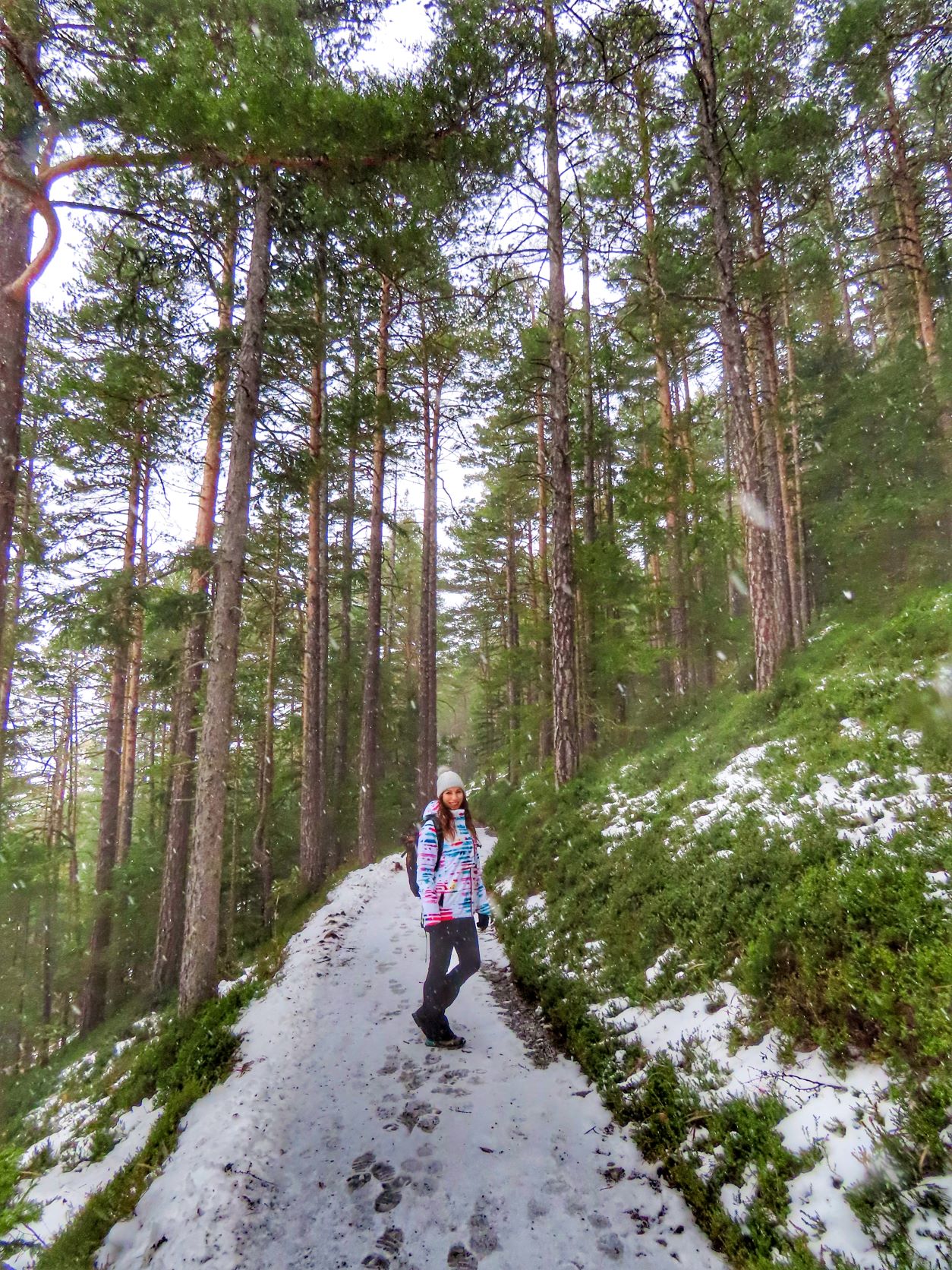
From the “20 Schilling Blick” lookout, one of the most beautiful panoramas of the Semmering Railway, a UNESCO World Heritage Site, opens. Unfortunately, when I was there, the landscape was covered by fog, but I could still see the 184-meter-long and 46-meter-high “Kalte Rinne” viaduct. This bridge was visible on the back of the 20-schilling banknote, hence the name comes from.
A few minutes’ walk from here, you will arrive to the Doppelreiter lookout on the 919-metre Wolfsbergkogel mountain, offering also offers a nice view. It is also worth visiting this place during our trip to Semmering.
Winter fun
The most beautiful part of Semmering is the 1,350-metre Mount Hirschenkogel, on which you can enjoy and try high-quality ski slopes. However, it is worth getting high not only with skis or snowboards but also in boots or a sled under your arms.
There is a 3 km toboggan track on the mountain, which can be used not only in the daytime but also in the evening, between 18:00 and 21:00. I don’t remember the last time I sat on a sled, but I really enjoyed riding on the slopes. Even for half an hour, I felt like a little kid again in the winter wonderland.
Hirschenkogel offers other interesting things than winter sports. Notably, the Millenniumswarte lookout tower at the top. Its terrace offers fantastic 360-degree views of the ski slopes as well as the Rax mountain. The latter can also be seen from the panoramic terrace of the Lichtensteinhaus (Paraplü) accompanied by steaming mulled wine, steam dumplings filled with plum or apple pies.
Snowshoeing on the Rax
You should not miss this unique experience in Lower Austria. Snowshoeing is one of the best winter programs, even if you can’t ski. Unlike cross-country skiing or skiing, this type of hiking activity is not strenuous at all. In addition, without prior knowledge, it can be pursued with courage for all ages. The ideal location for doing the snowshoe tour is Rax, less than 30 minutes from Semmering. It also has a relatively flat top, the Rax Plateau, on which there are no large elevations.
Austria’s first cable car, the Rax Seilbahn cable car, which has been operating since 1926, can reach an altitude of 1600 meters. Equipment can be rented locally in the Berggasthof building, but those who have snowshoes and sticks can bring up to the hill by cable car of course.
A bejegyzés megtekintése az Instagramon
Rax has countless hiking trails that you can take on your own, with a dog, or as part of a guided tour as well. I went on a 5 km long snowshoeing, which I really enjoyed, and I highly recommend it to everyone. it. More information about tours and routes can be found HERE. I would like to thank the Tourist Office of Lower Austria for the nice invitation and warm welcome.


